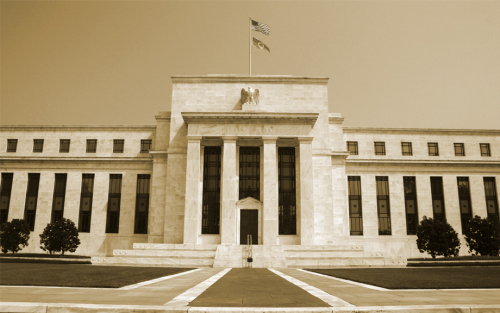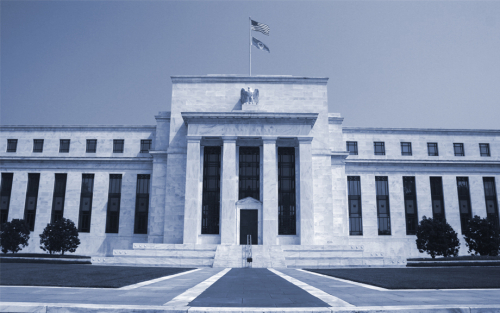Dealer Participation in the TSLF Options Program

Our previous post described the workings of the Term Securities Lending Facility Options Program (TOP), which offered dealers options for obtaining short-term loans over month- and quarter-end dates during the global financial crisis of 2007-08. In this follow-up post, we examine dealer participation in the TOP, including the extent to which dealers bid for options, at what fees, and whether they exercised their options. We also provide evidence on how uncertainty in dealers’ funding positions was related to the demand for the liquidity options.
Options of Last Resort

During the global financial crisis of 2007-08, collateral markets became illiquid, making it difficult for dealers to obtain short-term funding to finance their positions. As lender of last resort, the Federal Reserve responded with various programs to promote liquidity in these markets, including the Primary Dealer Credit Facility and the Term Securities Lending Facility (TSLF). In this post, we discuss an additional and rarely discussed liquidity facility introduced by the Fed during the crisis: the TSLF Options Program (TOP). The TOP was unique among crisis-period liquidity facilities in its provision of options. A follow-up post will analyze dealer participation in the TOP.
Federal Reserve Liquidity Facilities Gross $22 Billion for U.S. Taxpayers
During the 2007-09 crisis, the Federal Reserve took many measures to mitigate
disruptions in financial markets, including the introduction or expansion of
liquidity facilities.
The Fed’s Emergency Liquidity Facilities during the Financial Crisis: The PDCF
During the height of the 2007-09 financial crisis, intermediation activities across the financial sector collapsed.
The Fed’s Emergency Liquidity Facilities during the Financial Crisis: The CPFF
This is the first post in a series that details the steps taken by the Fed in its role as lender of last resort during the 2007-09 financial crisis.










 RSS Feed
RSS Feed Follow Liberty Street Economics
Follow Liberty Street Economics